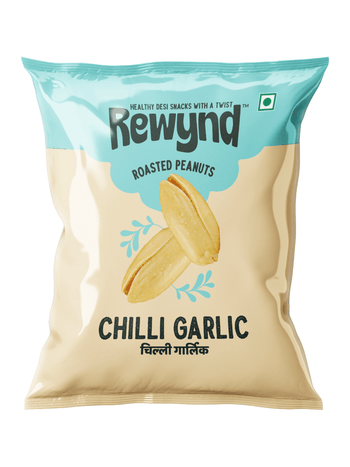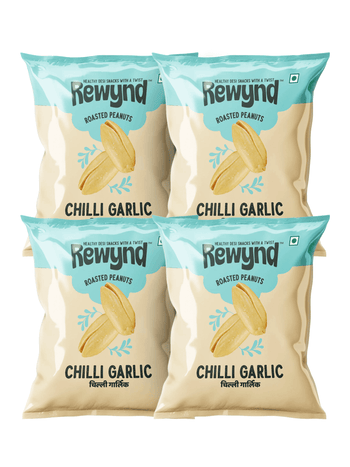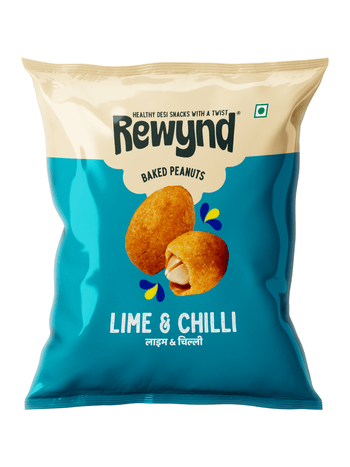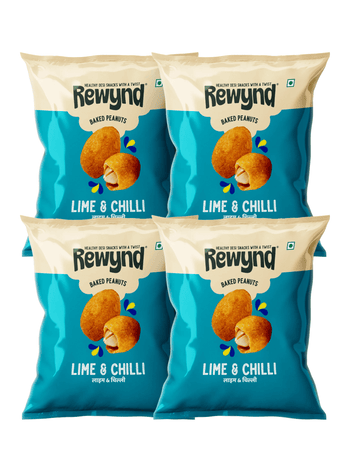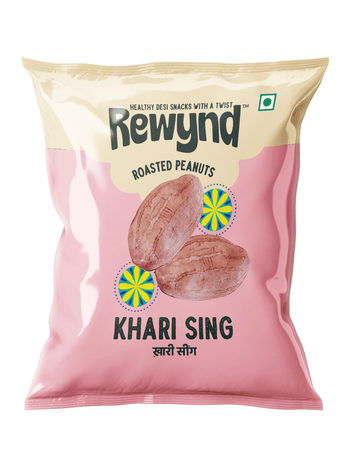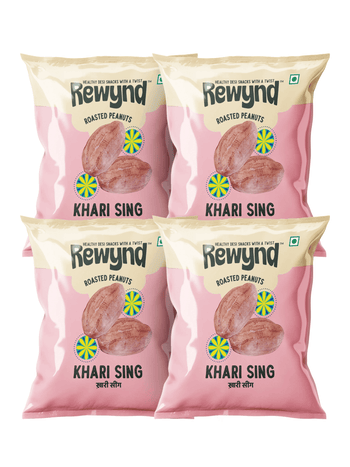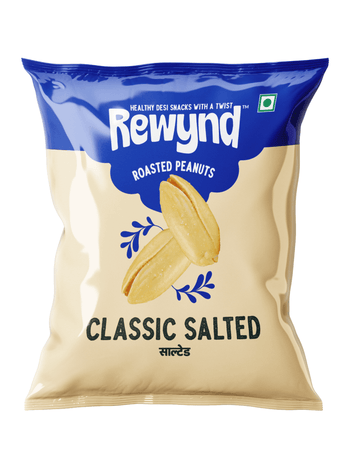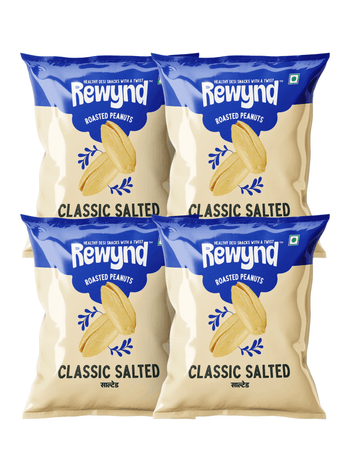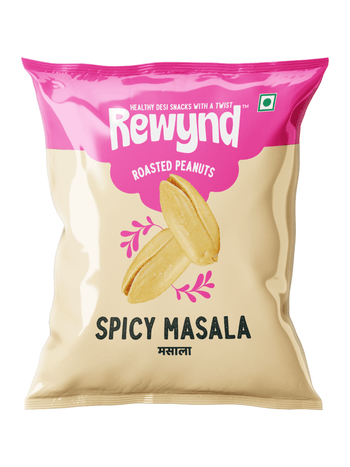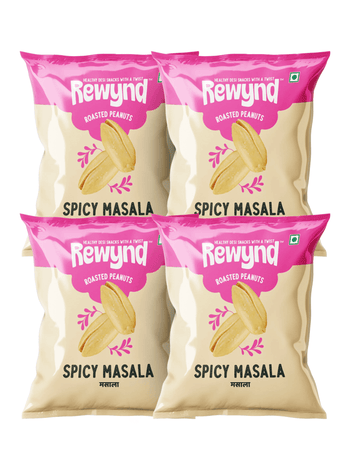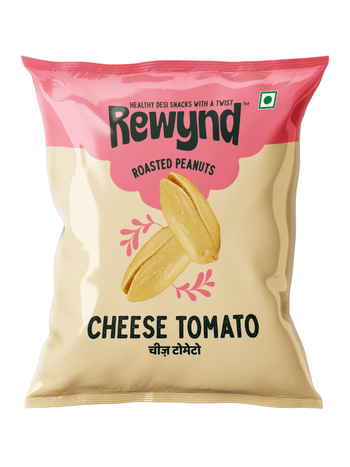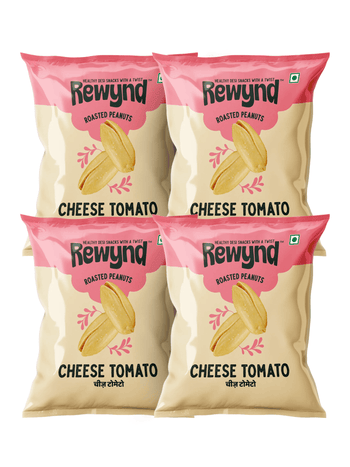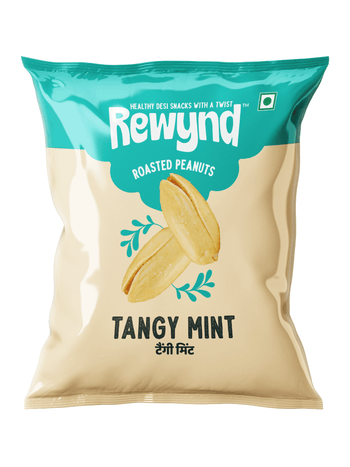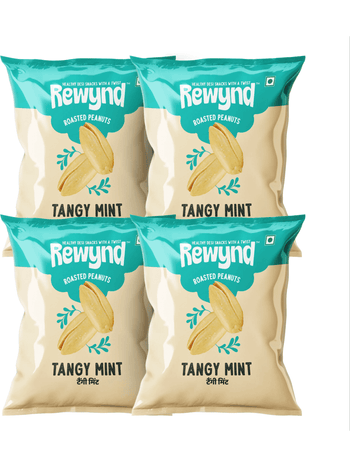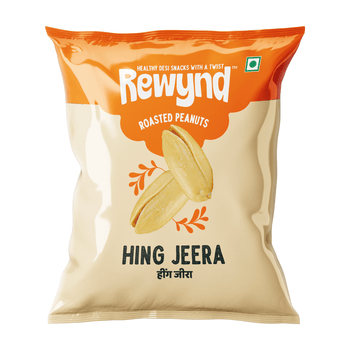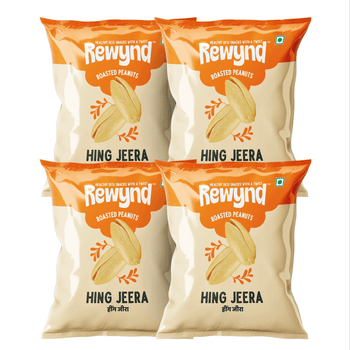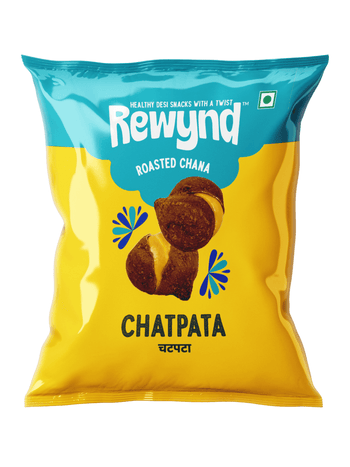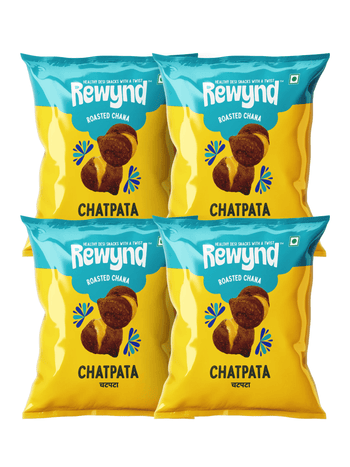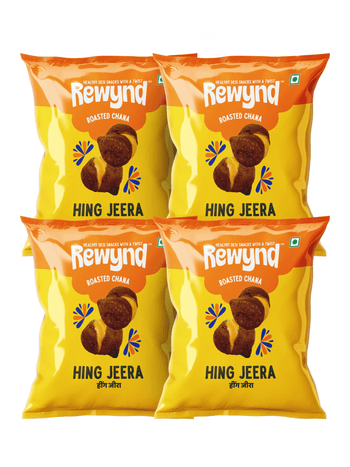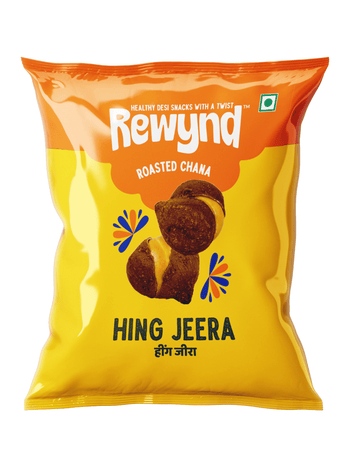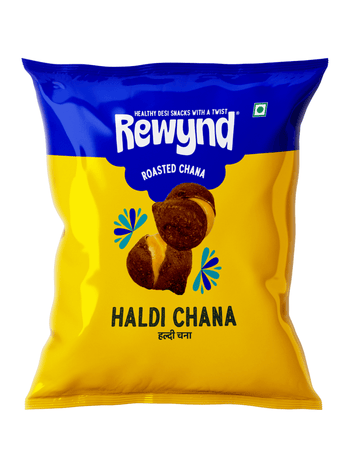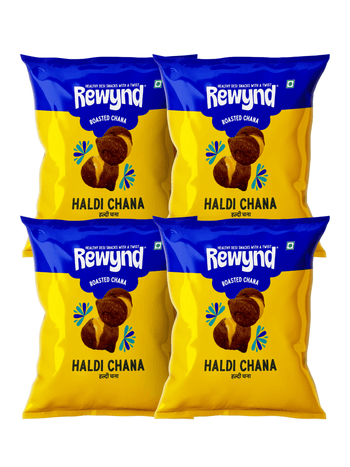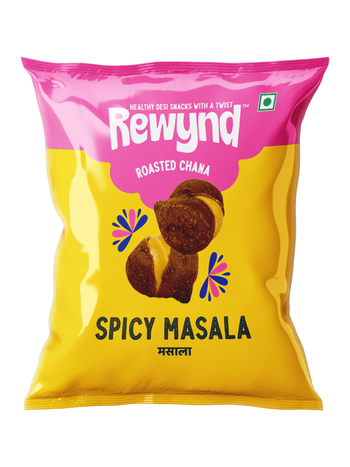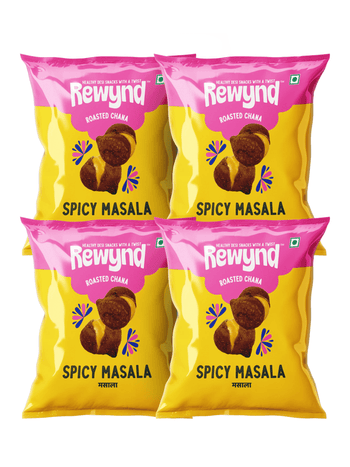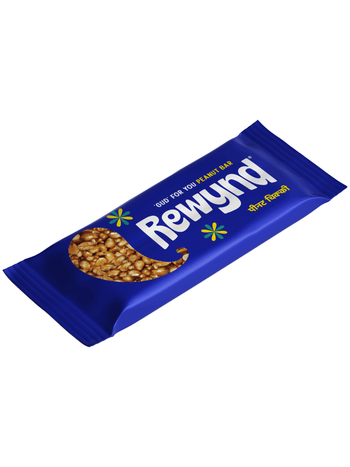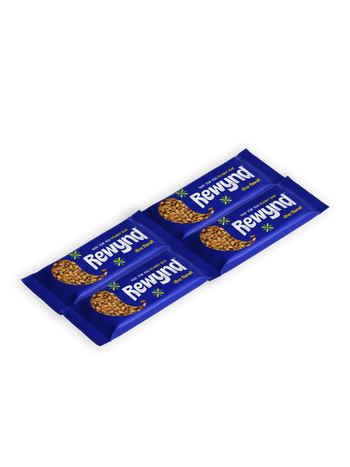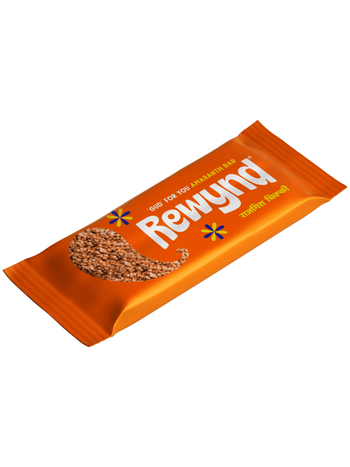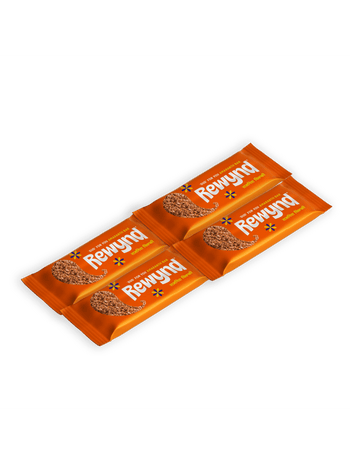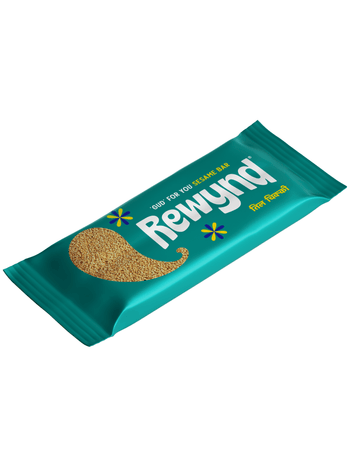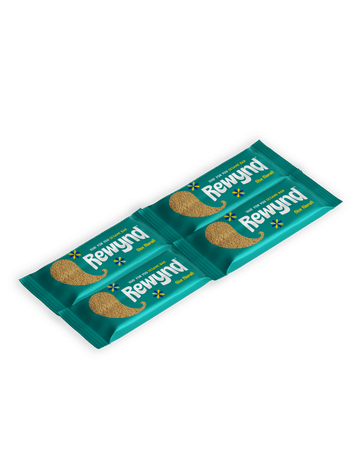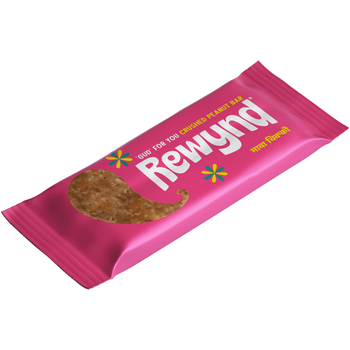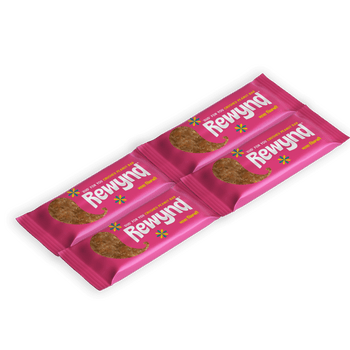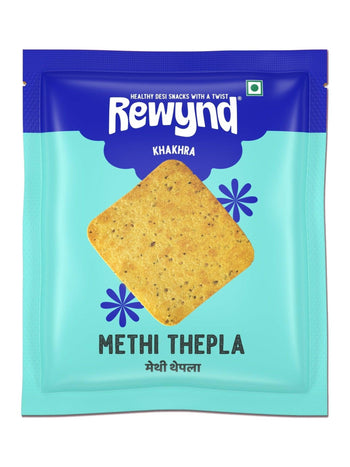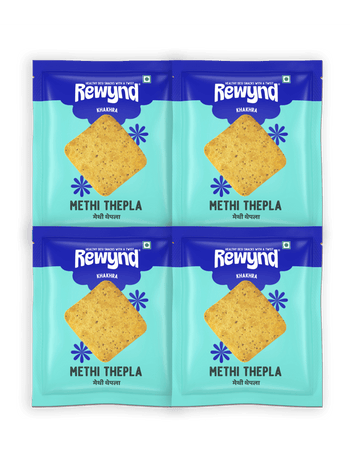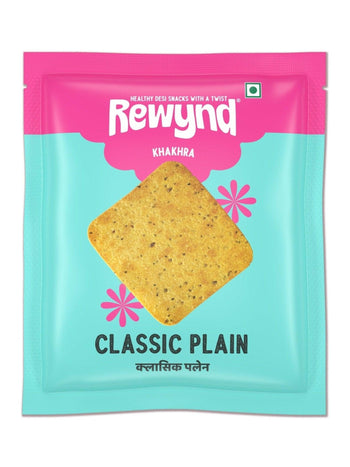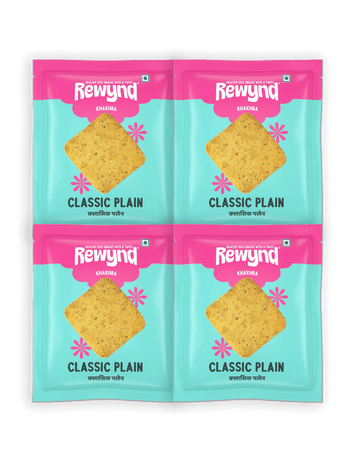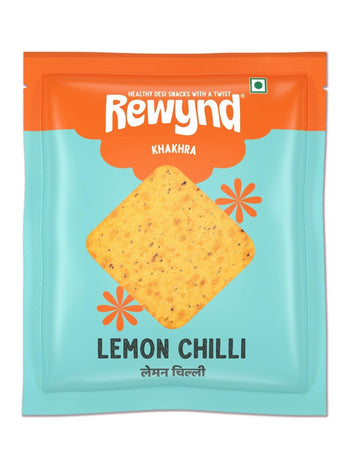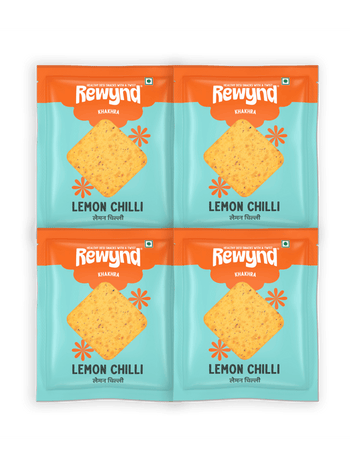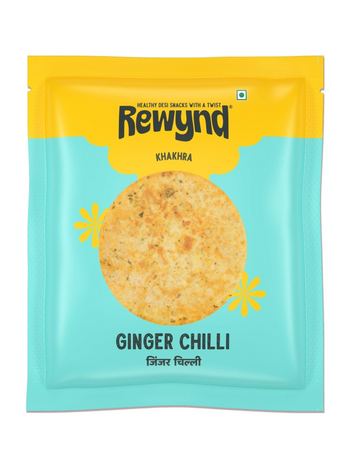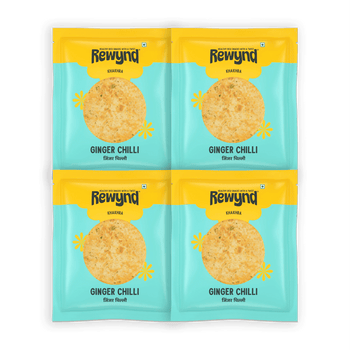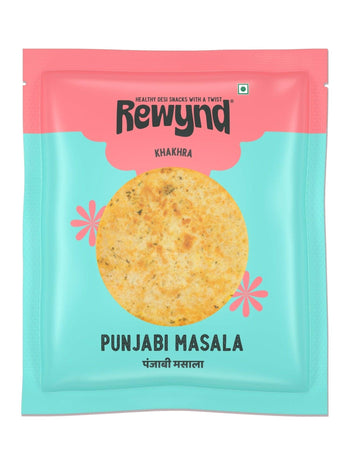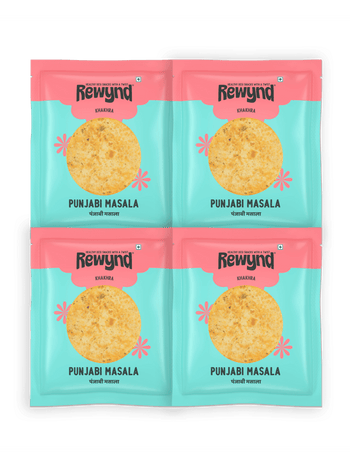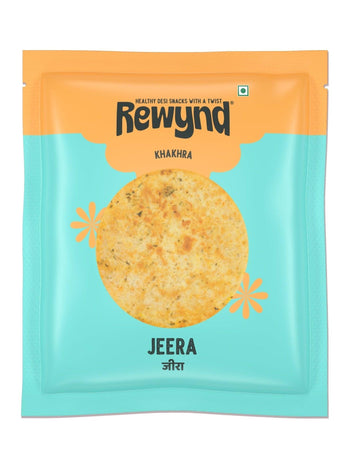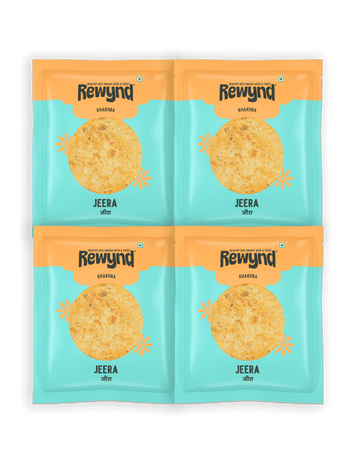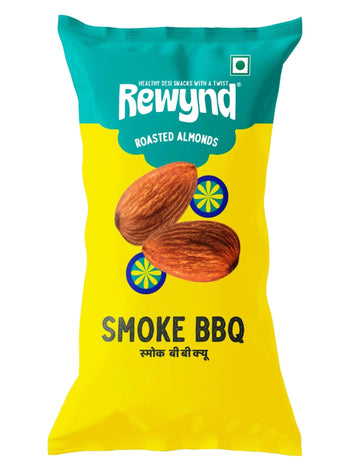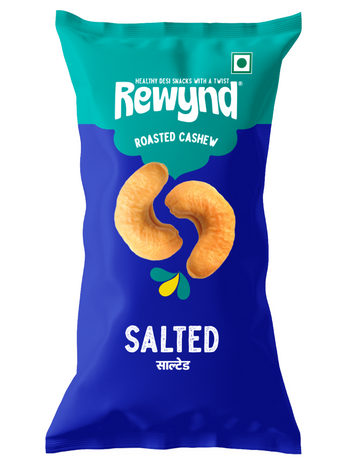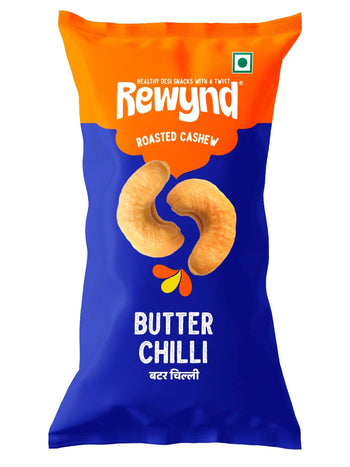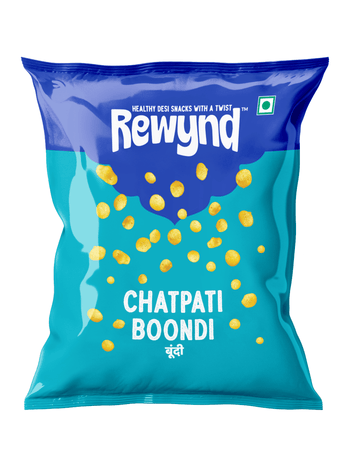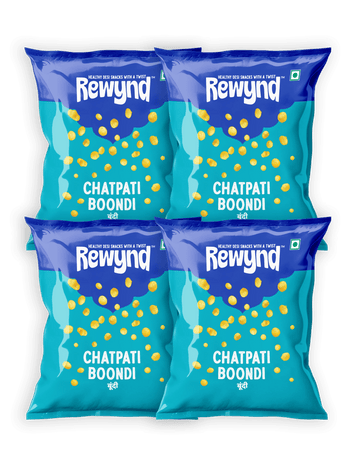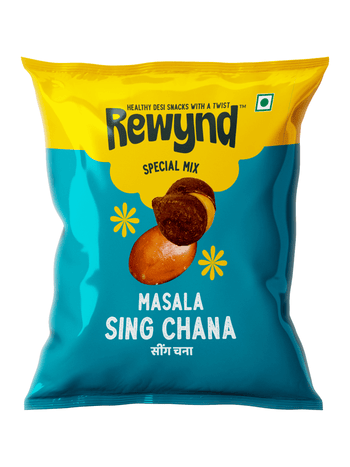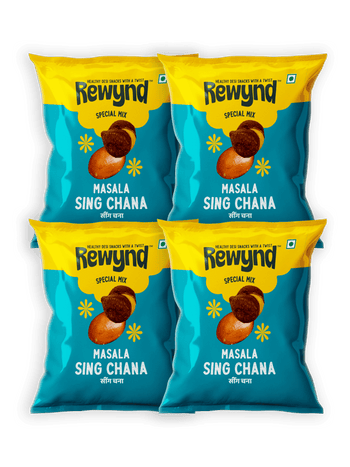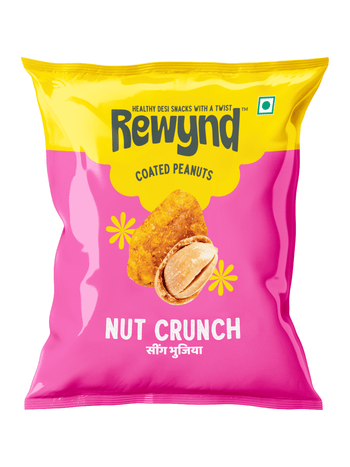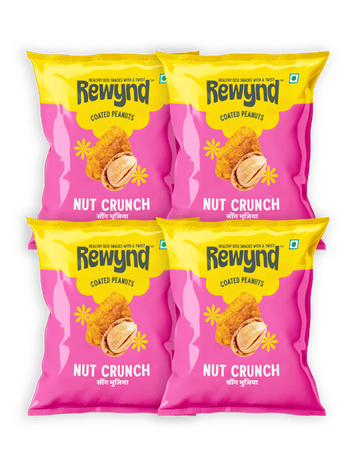Let's Rewynd a bit.
Roasting — it's not just a cooking method; it's a tradition, a flavour enhancer, and a secret behind many of your favourite crunchy snacks.
Let's break down what roasting is all about, why it matters, and how it shows up in your everyday snacking.
What Is Roasting?
Roasting is a dry-heat cooking method in which food is exposed to hot air—usually in an oven or over a flame—without water or oil. It's all about drawing out moisture, intensifying natural flavours, and creating a crispy texture or golden crust. Unlike frying, no deep oil bath is involved—making roasting a healthier alternative.
Roasting Cooking Methods
You can roast in a few different ways:
-
Oven Roasting:
-
Common in home kitchens. Used for everything from nuts to whole vegetables.
-
-
Pan Roasting:
-
Uses a flat pan or tawa over the flame. Great for smaller, quick-roast ingredients.
-
-
Air Roasting:
-
A modern, oil-free way where hot air circulates around food (think air fryer).
-
-
Clay or Charcoal Roasting:
-
Traditional Indian method for deep, smoky flavours.
-
At Rewynd, we use oven roasting to give our chana and peanuts the perfect balance of crunch, flavour, and nutrition—without frying or heavy oils.
Benefits of Roasting Food
Here's why roasting is such a win for your tastebuds and health:
-
No Deep Frying = Fewer Calories
-
Enhances Natural Flavours Without Extra Spices
-
Preserves Nutrients Better Than Boiling
-
Brings Out Crunch and Texture
-
Increase shelf life without using preservatives (Perfect for Rewynd's Snack Packs!)
Roasting vs Frying: What's the Difference?
When choosing a healthy cooking method, roasting and frying often stand on opposite ends of the spectrum. Here's what you need to know:
Frying: Crispy, But at What Cost?
Frying involves cooking foods in hot oil, creating that beloved crunchy texture. However, this comes with some drawbacks:
-
High Fat Absorption: Foods absorb oil during frying, significantly increasing calorie intake.
-
Reduced Nutrient Content: The high heat and excess oil can diminish natural nutrients in the food.
-
Potential Health Risks: Regular intake of fried foods can elevate cholesterol levels and increase heart disease risk.
-
Commonly Fried Products: Chips, Samosas, Pakoras, French Fries, Others
Roasting: Flavor Without Compromise
Roasting involves cooking foods at high temperatures with dry heat, often using minimal or no oil, retaining nutrition and taste.
-
Lower in Calories: Uses significantly less oil, resulting in fewer calories.
-
Nutrient-Rich: Retains essential vitamins, minerals, and antioxidants better.
-
Enhanced Natural Flavors: Roasting caramelizes natural sugars, deepening the flavour profile without added fat.
-
Commonly Roasted Products: Nuts & Seeds (Peanuts, Almonds, Cashews), Legumes (Roasted Chana), Vegetables (Carrots, Potatoes, Cauliflower), Others
Final Crunch
Roasting is simple, ancient, and genius. It takes everyday ingredients—like chana, peanuts, or makhana—and transforms them into delicious, wholesome snacks with zero guilt.
At Rewynd Snacks, we roast because we care about what goes into your body: real ingredients, no deep fry, and no-nonsense. Just crunch, flavour, and tradition packed into every bite.
So next time you reach for a snack, skip the fried stuff and go roasted. Your body (and your taste buds) will thank you.
Ready to taste the magic of roasting?
Explore Rewynd's range of roasted snacks and snack smarter every time.



